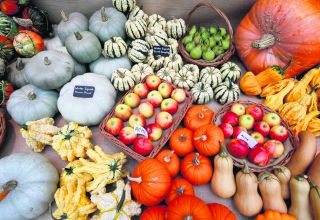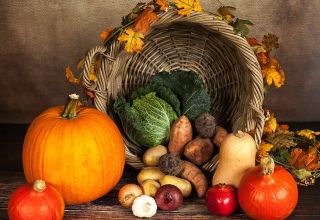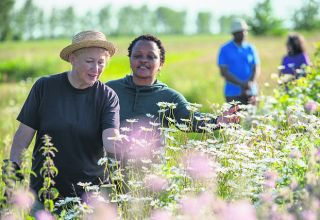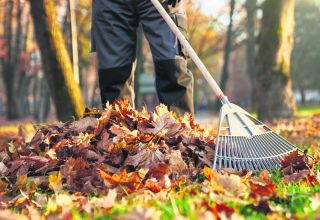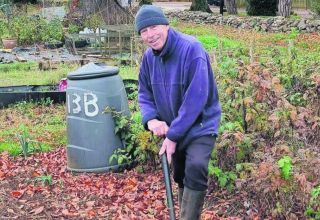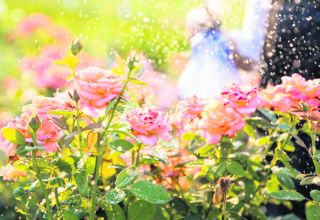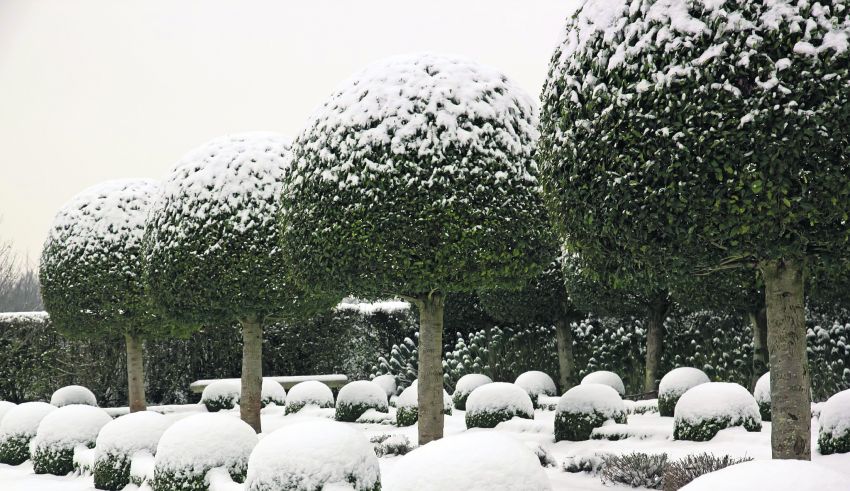
How are the plants in your garden really coping with the change in our weather pattens? Warm springs, the odd heatwave, longer periods of prolonged rain and periods of hard frost are officially testing the ability of many thousands of plants to survive.
Our patterns of weather have changed things: we will have to garden differently from
now on.
It may not qualify as a trend but the repeat experience in recent years of warm, even hot springs, heatwave bursts, longer periods of rain and wet, sometimes frosty winters is having an impact on the plants we grow.
The right plant, right place mantra is not new – gardeners have said it for years. It means knowing your soil and the plant’s soil needs; they must align if our gardens are to survive wildly varying weather patterns, from wetter winters to baked-out summers.
The RHS is at the heart of year-on-year research again aiming to continue its detailed study of how the UK’s new style weather is testing many plants to their limits.
The changing weather trends has provided a window into the effects that an increasingly volatile climate may have on our garden plants – and already, we can see both trends and surprises emerging.
Navigating the challenges of gardening in a changing climate is a key research focus for the RHS, and its five gardens, as well as observations sent in by gardeners at home such as for the Extreme Heat Survey, all of which are proving valuable sources of information on how different plants respond to extreme weather events.
The information provides information on how to identify patterns of what has suffered, what has pulled through, and what copes well with both extremes of temperature that we are now seeing.
Why are hard winters so damaging?
Much of the damage after recent winters is likely to have resulted from the lack of acclimation. This is the process by which plants adjust to a change in their environment, such as winter cold. So, any prolonged wet and mild autumn and an early winter, with a sudden plunge to temperatures well below freezing.
This appears to have been particularly extreme in the south and southeast, with RHS Wisley, in Surrey, particularly badly affected. There were consecutive days of sub-zero temperatures, with the garden reaching -10°C and perhaps -12°C in frost pockets.
The effect of microclimates has also been clear, with plants in known frost pockets most badly affected and often killed outright. Plants in milder microclimates have still suffered but have seen better survival rates.
A particularly striking trend is the impact on plants grown in containers. It is known from previous studies that container-grown plants are more susceptible to extreme temperatures, and this has certainly played out at the RHS Gardens with many containerised plants lost while their counterparts planted in the ground have survived.
Bulbs in unprotected pots also proved particularly vulnerable, with nerines, amarines, and newly planted hyacinths and daffodils lost, while those planted in the ground seem unaffected. These losses are thought to be due to cold damage to the bulb root plates.
Unexpected survivors
In some instances, horticulturists were surprised by some tender plants that appear to have pulled through the extreme cold. Planting location has a big effect on a plant’s vulnerability, with microclimates created by features such as walls and surrounding vegetation having a significant effect on the severity of conditions a plant experiences and therefore its chances of survival.
Rising temperatures are also causing growing seasons to become longer and warmer. Because plants will grow more and for a longer time, they will actually use more water, offsetting the benefits of partially closing their stomata. Contrary to what scientists believed in the past, the result will be drier soils and less runoff that is needed for streams and rivers. This could also lead to more local warming since evapotranspiration—when plants release moisture into the air—keeps the air cooler. In addition, when soils are dry, plants become stressed and do not absorb as much CO2, which could limit photosynthesis.
Warmer winters and a longer growing season also help the pests, pathogens, and invasive species that harm vegetation. During longer growing seasons, more generations of pests can reproduce as warmer temperatures speed up insect life cycles, and more pests and pathogens survive over warm winters. Rising temperatures are also driving some insects to invade new territories, sometimes with devastating effects for the local plants.
How to tell if a plant is dead
Sometimes, a woody plant may not be killed all the way down to the ground, in which case there is hope of regrowth. To check this, gently scrape the bark or outer layer lower down the plant with a fingernail or secateur blade. If this reveals green underneath the top layer, then this part of the plant is still alive and there is hope of regrowth. This may be encouraged by cutting back to the live parts once all risk of frost has passed.
In survival mode
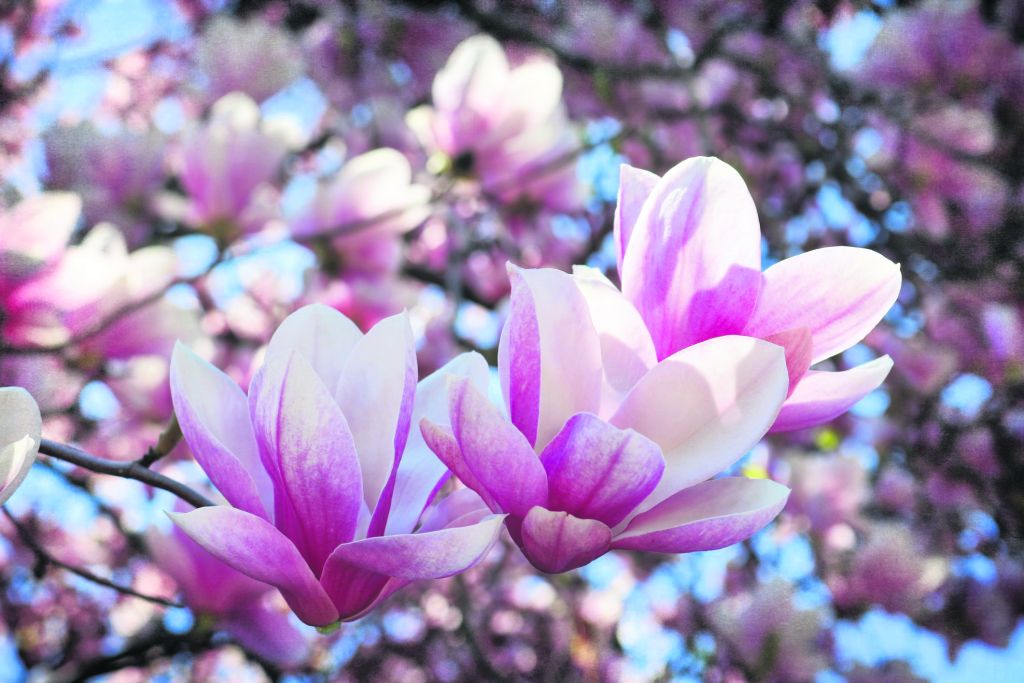
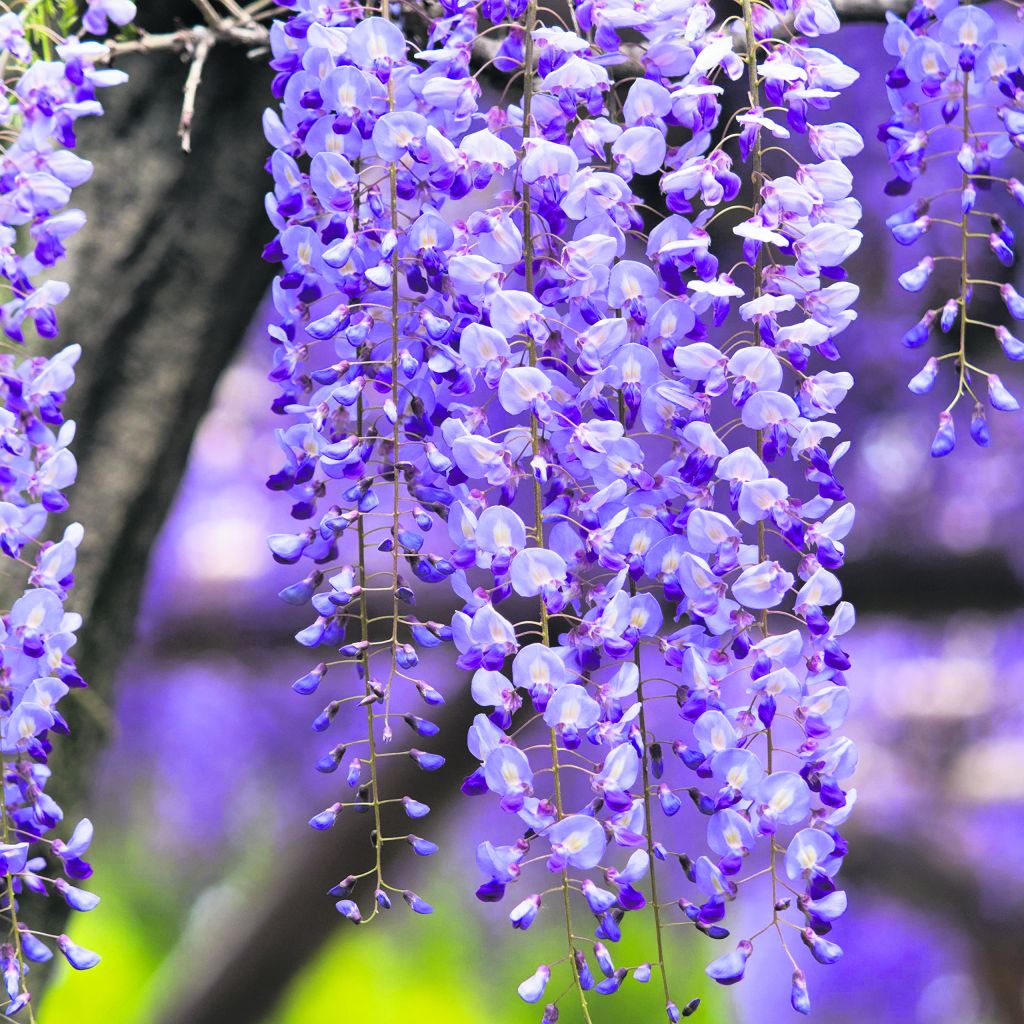
Certain plants surprised the horticultural teams by triumphing over extreme heat, and then going on to produce an impressive display even after bitter winter conditions. This has been particularly noticeable for hardy spring-flowering trees and shrubs, which have been unscathed by the winter cold, pulled through last summer’s drought and made the most of the heat to promote wood ripening and flower bud set.
Magnolias – excellent flowering after hot summer with no cold damage to petals.
Camellias – excellent flowering after hot summer despite extreme cold.
Cherries – excellent flowering after hot summer despite extreme cold.
Wisteria – covered in buds after hot summer.
Rosemary ‘Foxtail’ – thrives in heat and drought and withstood extreme cold, unlike most prostrate cultivars.
Agave parryi – thrives in heat and drought and withstood extreme cold, unlike most species.
Plants which didn’t survive the cold
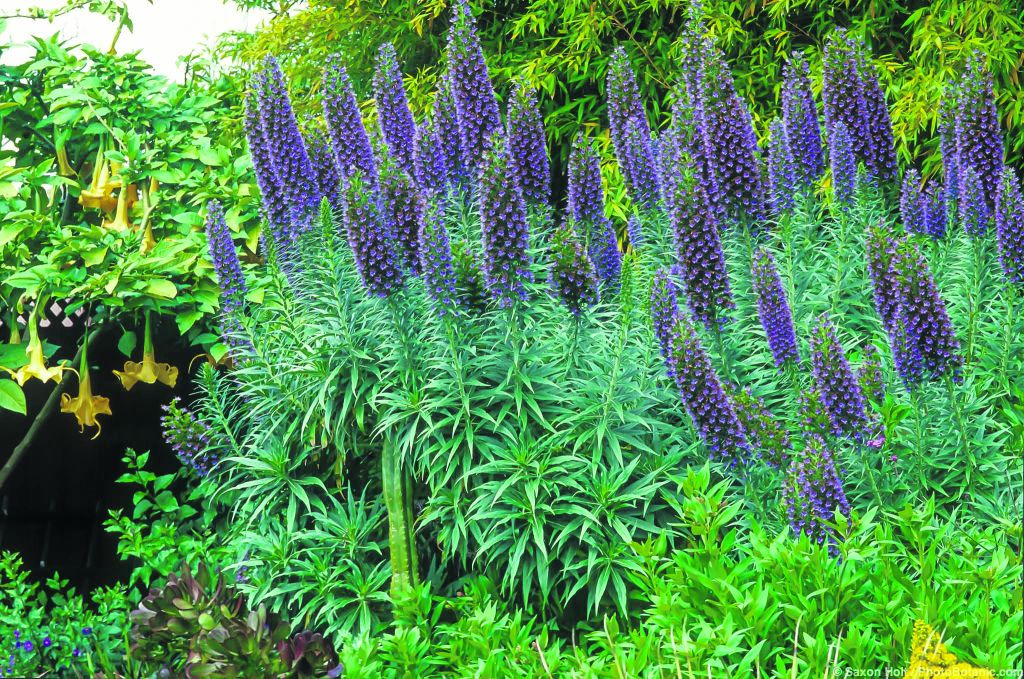
The RHS survey showed that Australian and New Zealand plants such as hebe, phormium, corokia and pittosporum (the latter two were being trialled as box alternatives) were badly hit across all five gardens.
Bulbs in pots – nerines, amarines, and newly planted hyacinths and daffodils died, while those planted in the ground appear unaffected.
Shrubby hebe – whole trial devastated at Wisley and almost completely dead. Many badly scorched at Rosemoor (some green shoots noted in March).
Phormium – badly impacted with many plants killed.
Pittosporum – many of the coloured foliage variants and cultivars such as ‘Golf Ball’ very badly affected at both Wisley and at Rosemoor.
Echium – E. pininana and E. candicans all seemed killed.
Euphorbia – E. x pasteurii and E. stygiana dead or badly damaged.
Cordyline australis – many rosettes killed. Yet to see if stems and trunks resprout.
Daphne, especially D. bholua – those in open areas seem badly hit, some likely killed or at least badly defoliated.
Rosemary – prostrate forms widely scorched or killed outright, while upright forms less affected.
Lavenders – French and L. dentata widely killed. L. angustifolia and L. x intermedia fine in the ground, but some killed in pots.
Acacia – A. melanoxylon, A. dealbata and variants killed.
Agave – A. americana killed outright at Wisley after several years outside.
Corokia – most killed.
“Much of the damage was due to rapid change from mild autumnal weather to immediately low temperatures for several days, with no chance for plants to acclimatise”

